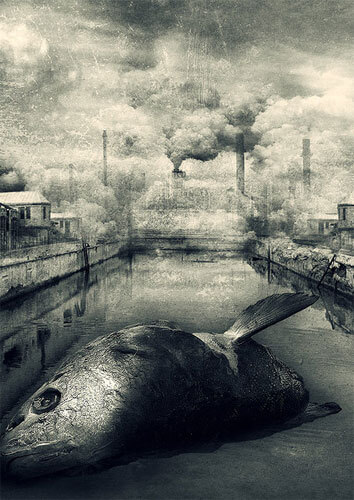My art has always been focusing on condition of our globe and the condition of man. My antiutopian, critical photography is based on the anthropological research. I focus on exploring and interpreting the impact of: new technologies, bio-science, unconscious, fears, morals, social situations, behaviors, habits, rituals, biological changes, the use of animals, depression in urban envi...ronments, destruction of the soil, overpopulation, deforestation, universal famine and - over human life. As a result, I create the image of the 21 century and the image of our current society. In this way, by commenting behaviour of human individuals I want to indicate that: Man is imperfect. Man is a savage, greedy rebel of Nature, living between the insanity and lunacy, away from his true nature. Man live in the play cage because he was captured by Illusions of this world: welfare tyranny, desire of possessing material things, consumption, jealousy, hate...what all in all led him to the broken relationship with the globe and other human beings. As a result I stress the present process of dehumanization, mechanization and standardization of human race, false norms and illusional values that was given for the truth to the society by religion, governments,laws,propaganda, false mirror of the television...etc. In my opinion, nowadays it is essential to articulate this kind of behavior, because the way which the present world run, might guide the human species: firstly- into a total slavery, then to new nuclear era, and finally to the total extinction...There is number of potential scenarios, but one of them is definitely Total Extinction... I admire the way of dadaism as well as surrealism. My spirit flies with counterculture and the idea of transgression. I regard my critical collages as the prediction of human degradation, and as a consequence - 'Apocalypse'....... Many wise people said that before but I will repeat: we are responsible for this world and for other human beings, and in our hands is decision: Do we want to live in coexistence or do want to reproduce another monsters to this world who will fight against each other in another nuclear war... What are the crucial implications of this? - The world's Future. "You pays your money and you takes your choice".
Marcin Owczarek, Lier 2011
